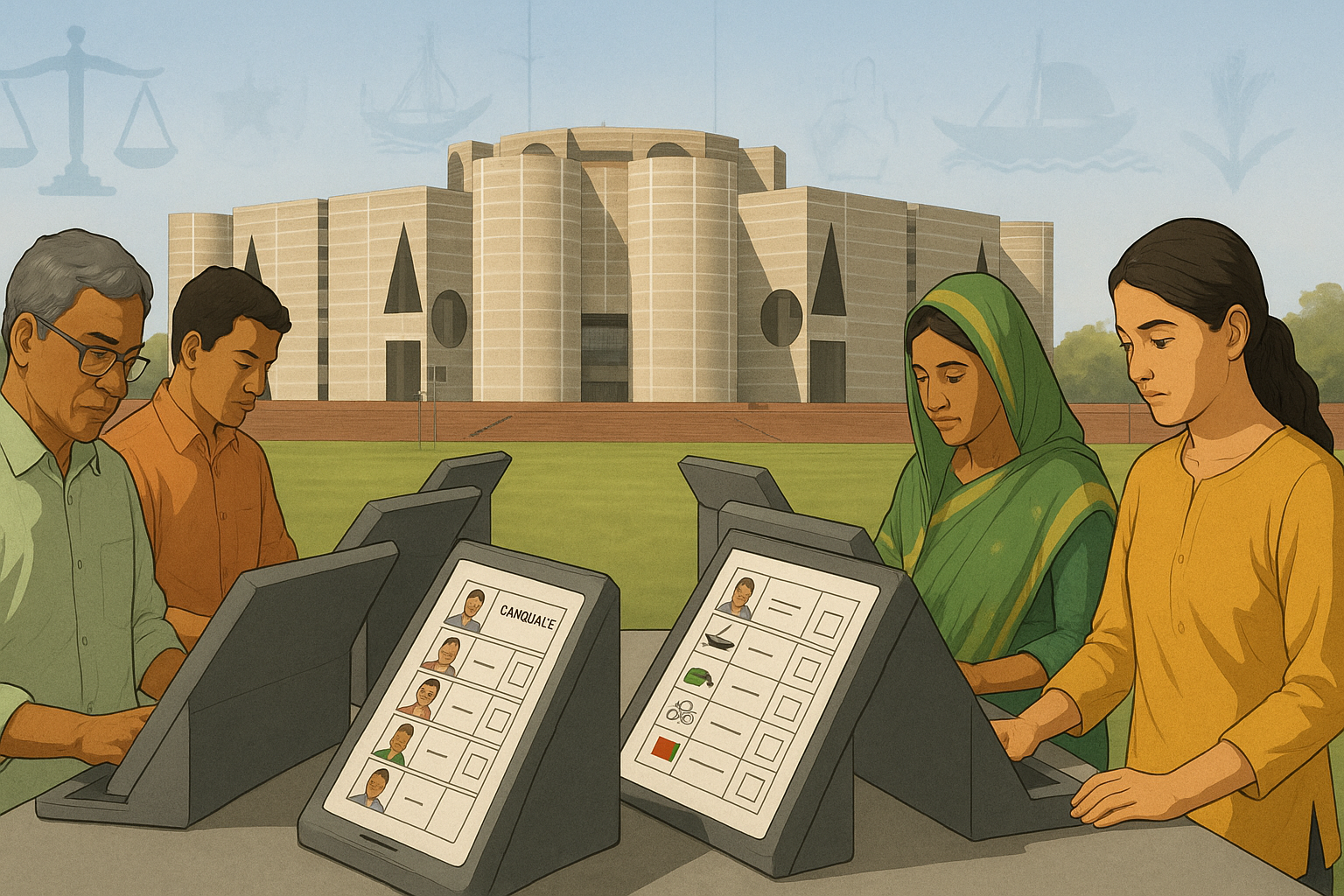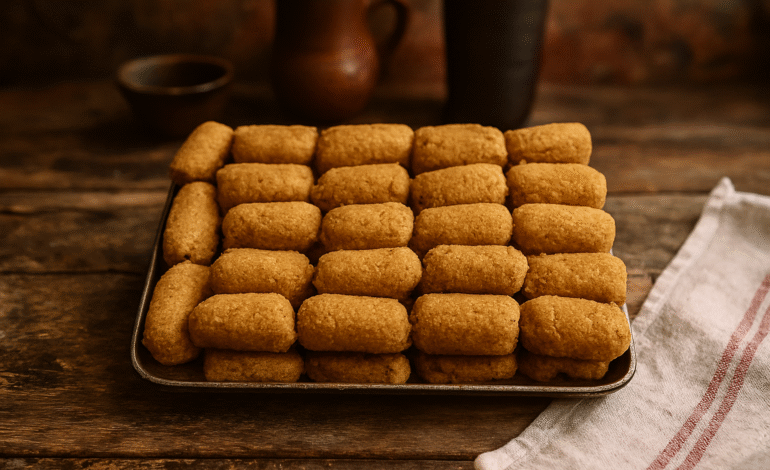The Sweet Maestro Who Wove His Identity into Rajbari’s History
In the heart of Rajbari district, Bangladesh, the name Vadu Saha carries echoes of tradition, sweetness, and perseverance. For decades, Vadu Saha (real name Nirmol Saha) built a confectionery legacy whose signature chomchom became inseparable from local celebrations, rituals, and gatherings. More than a sweet maker, Vadu Saha is a living thread in Rajbari’s collective memory.
From Snack Vendor to Sweet Legend
The story of Vadu Saha begins humbly. In 1953, he started a snacks shop under a massive rain tree in Paanbazar, Rajbari, selling fried items like alu chop, nimki, and onion fritters. Inspired by local sweetmaker Nittolal Adhikari, Vadu gradually added sweets to his menu. His first sweet was rosogolla, made using Adhikari’s recipe. Over time, he refined his techniques to create offerings that would become identified with Rajbari itself.
People in Rajbari affectionately called him Vaida or Vadu—nicknames rooted in local dialect and familial affection. His father, Loknath Saha, had once been a landholding family, but over time the family lost much of its land and wealth. Vadu’s venture into sweets emerged partly out of necessity, partly out of talent and passion.
Chomchom & Beyond: Signature Sweets
While Komolavog is one of Vadu Saha’s exquisite creations—an orb-shaped sweet with an orange essence and syrupy heart—it was his chomchom that truly put him on the map. Unlike typical chomchom, Vadu’s version features a generous outer layer of kheer (khoya) that gives it a unique texture and flavor. Inside, sugar syrup (shira) bursts forth. The result? A sweet that Rajbari people regard as essential for any festive event.
On a typical day, Nirmol Mistanno Bhandar (the formal name of his shop) sells about 200 kg of chomchom. Other popular sweets from his shop include Shormalai, Roshmalai, Barfi Sondesh, and Komolavog. Each sweet is prepared in carefully measured vessels: for instance, one kadai might hold 15 kg of sweet, made from about 3 kg of chhana.
Survival Through Turmoil: 1971 and Beyond
The journey of Vadu Saha was not without hardship. During 1971, the Liberation War forced him and his family to flee to India. When he returned in December, he had just Tk 90 in his pocket. Undeterred, he relaunched the shop—this time on land belonging to a relative from his wife’s side. That land was later formally transferred to him and became the site of his dreams.
Despite those setbacks, Vadu Saha built an empire over decades. He helped his stepbrother Sankar Saha establish his own sweet shop at the entrance to Paanbazar, and the two shops became beloved landmarks in Rajbari.
Legacy & Family Continuity
Though Vadu Saha passed away in 2020, his legacy lives on through his sons Porimol, Uttom, and Utpol, who now run the business. Porimol began helping his father in the early 1980s and has now led the enterprise for decades. The extended Saha family continues to live together, sharing meals and safeguarding traditions.
Today, the business employs about 36 workers and sources 4,000–6,000 litres of milk daily to meet demand. Friday and wedding seasons see peaks in sales, while the shop churns out over 28 varieties of sweets.
Balancing Tradition and Change
One challenge for Vadu Saha’s successors has been adapting to changing tastes and health concerns. Porimol Saha notes that in earlier times, people ate sweets by the kilogram, with little fear of consequences. But as lifestyles changed and more people work desk jobs, concerns about over-sweetness surfaced. In response, the shop adjusted recipes by reducing sugar and increasing water, while staying faithful to the original flavor.
The nature of their sweets also means certain items perish quickly. Shormalai, for example, rarely travels far outside Rajbari due to its fragile texture and freshness requirements. Komolavog also remains relatively local in popularity. Meanwhile, chomchom remains the star product, gaining broader reach thanks to social media and delivery services post-COVID.
Despite decades in business, Vadu’s recipes remain hard to replicate. Porimol attributes this partly to the subtle mastery, secrets, and perhaps a “divine blessing” behind their methods.
Heritage, Identity & the Future
To many in Rajbari, Vadu Saha and his sweets are one of the few living connections to their cultural past. As local landmarks and zamindar palaces have faded or fallen into disrepair, Nirmol Mistanno Bhandar stands as a repository of collective memory. “All history and traditions of Rajbari are mostly gone … all we have are these sweets,” Porimol says.
But the looming concern is succession. Younger generations often opt for different careers, so the business worries about future workers. If fewer skilled craftsmen remain, the quality and authenticity of Vadu Saha’s legacy could face a challenge.
The name Vadu Saha evokes more than delicious sweets—it represents resilience, artistic mastery, and community identity. From a small snacks shop in 1953 to a revered sweet empire, his journey blends entrepreneurial grit with cultural preservation. While the founder has passed, his sons and workers continue to sweeten local celebrations, ensuring that Vadu Saha remains woven into the fabric of Rajbari life.








